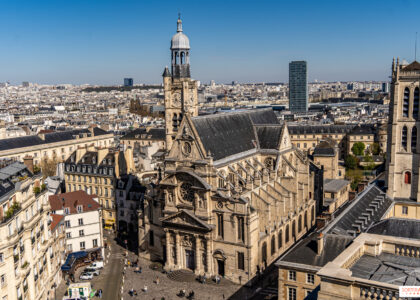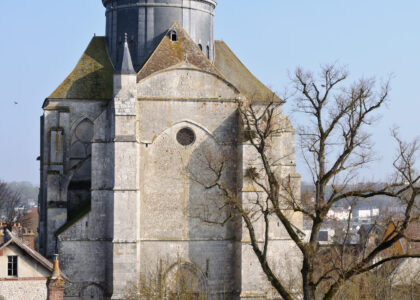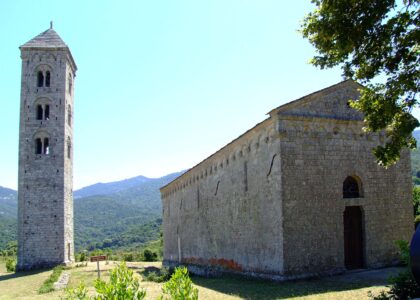Welcome to the Ossuaire de Douaumont, a place of somber reflection and deep historical significance, located near Verdun in France. This ossuary stands as a testament to the immense human cost of World War I, particularly the Battle of Verdun, one of the longest and most brutal engagements of the war. Constructed on the initiative of Charles Ginisty, the Bishop of Verdun, the ossuary was inaugurated on August 7, 1932, by French President Albert Lebrun. Its purpose was to provide a final resting place for the skeletal remains of soldiers, both French and German, who perished in the grueling battle that spanned from February 21 to December 19, 1916.
As you approach the ossuary, you are greeted by its imposing tower, which rises 46 meters high and offers a panoramic view of the surrounding battlefields. The tower houses the Bourdon de la Victoire, a bronze bell weighing over two tonnes, a gift from American benefactor Anne Thornburn Van Buren in 1927. This bell is sounded during official ceremonies, echoing solemnly across the fields where so many lives were lost.
Inside the ossuary, a cloister stretches 137 meters, containing 42 alcoves. Through small windows, visitors can glimpse the skeletal remains of at least 130,000 unidentified soldiers, a poignant reminder of the war’s devastation. The walls inside bear plaques with the names of French soldiers who died here, a few from later conflicts including World War II, the Indochina, and Algerian Wars. Families of the recognized soldiers contributed to these individual memorials.
Adjacent to the ossuary is the largest French military cemetery from World War I, with 16,142 graves, inaugurated by Verdun veteran André Maginot in 1923. This sacred ground continues to draw visitors who wish to pay their respects and gain a deeper understanding of the war’s impact.
The Ossuaire de Douaumont is more than a memorial; it is a place that invites reflection on the horrors of war and the necessity of peace. Every year, numerous visitors walk through its halls, leaving with not just facts about World War I, but also a heartfelt connection to the past.






